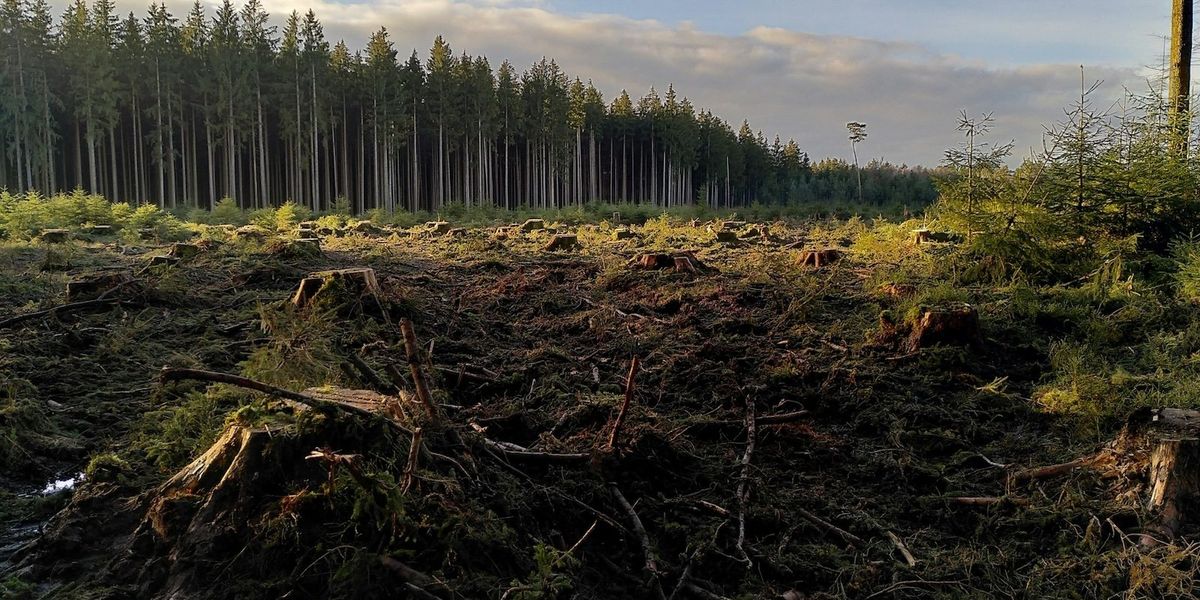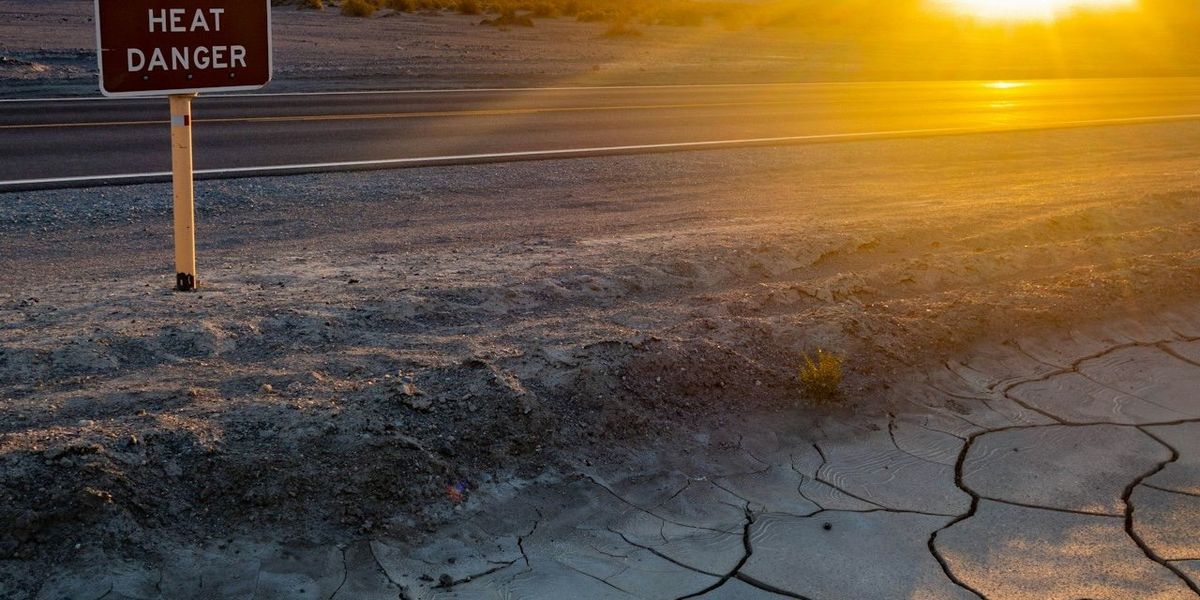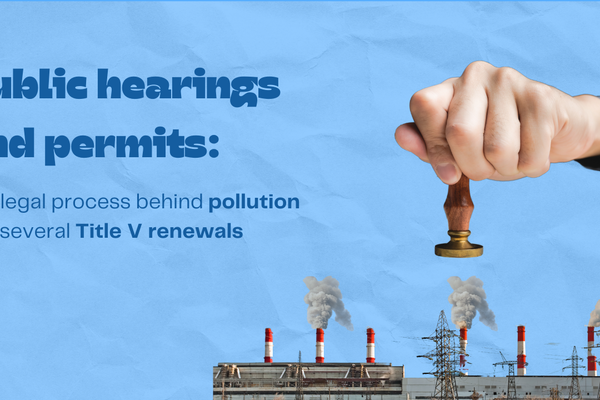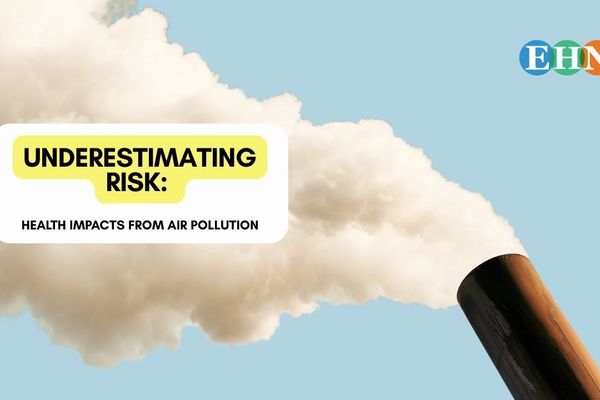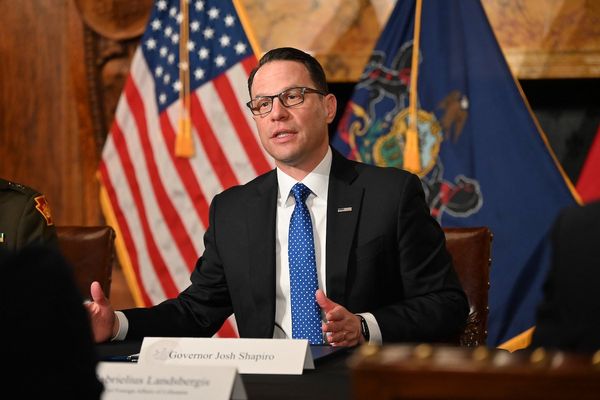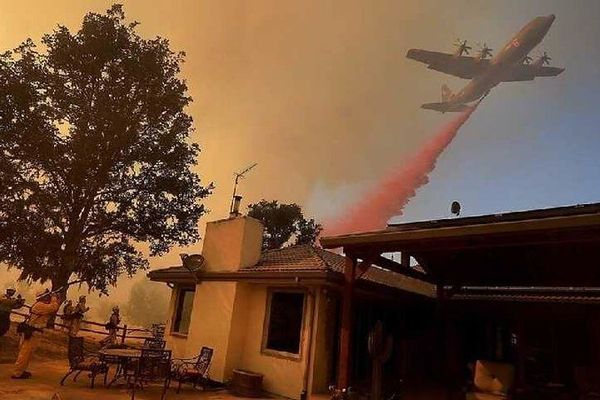
Nuclear revival plan faces obstacles at Tennessee Valley Authority
The Trump administration's push for a nuclear energy renaissance faces internal turbulence at the Tennessee Valley Authority (TVA), with leadership shake-ups and tariff policies threatening to slow progress rather than speed it up.
Gautama Mehta and Katie Myers report for Grist.
In short:
- President Trump fired two TVA board members after Tennessee senators criticized the utility's leadership for failing to move quickly on nuclear energy development, but the resulting vacancies have paralyzed major decision-making.
- High costs, staffing cuts at the Department of Energy’s Loan Programs Office, and new tariffs on imported materials risk undermining efforts to expand nuclear energy capacity across the U.S.
- TVA insists it remains committed to building a small modular reactor, but supply chain vulnerabilities and funding uncertainties could delay or derail projects.
Key quote:
“There are some real concerns that TVA’s plan is not matching up with their implementation, and it will be even harder for that to be synced up without a full functioning board.”
— Simon Mahan, executive director of the Southern Renewable Energy Association
Why this matters:
The future of nuclear energy in the United States hinges not just on political will but on complex and expensive infrastructure demands that few utilities can meet alone. TVA, as the country’s largest public utility, has historically played a key role in piloting big energy projects, but its success depends on consistent leadership, stable financing, and a well-coordinated industrial supply chain. As the urgency to decarbonize the grid grows, nuclear energy’s promise of low-carbon baseload power remains attractive, yet the high costs and logistical hurdles continue to scare off private investors. Without strong public institutions to lead and buffer these risks, the U.S. may fall behind other nations investing heavily in nuclear technology. Environmental concerns add another layer, as safe disposal of nuclear waste and mining impacts for critical minerals remain unresolved issues.
Learn more: Nuclear energy expansion faces cost and feasibility hurdles




